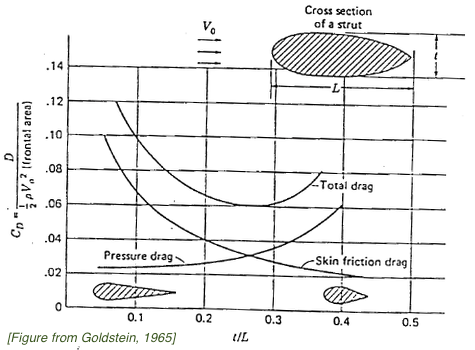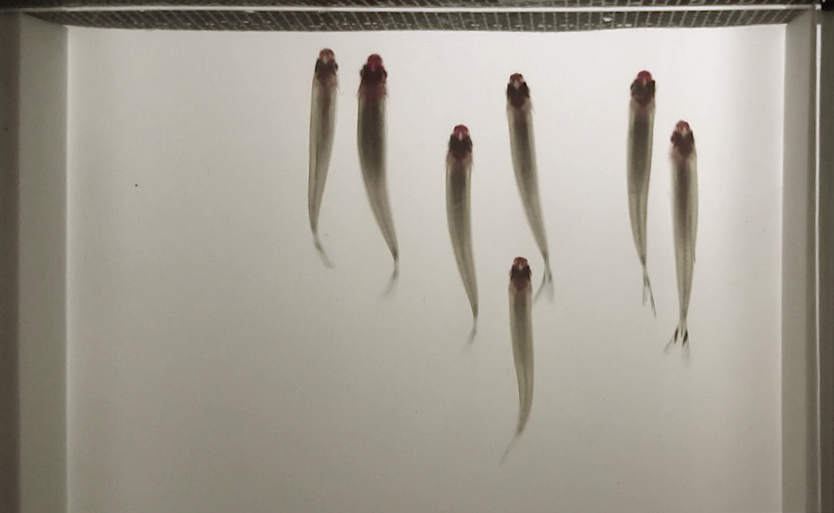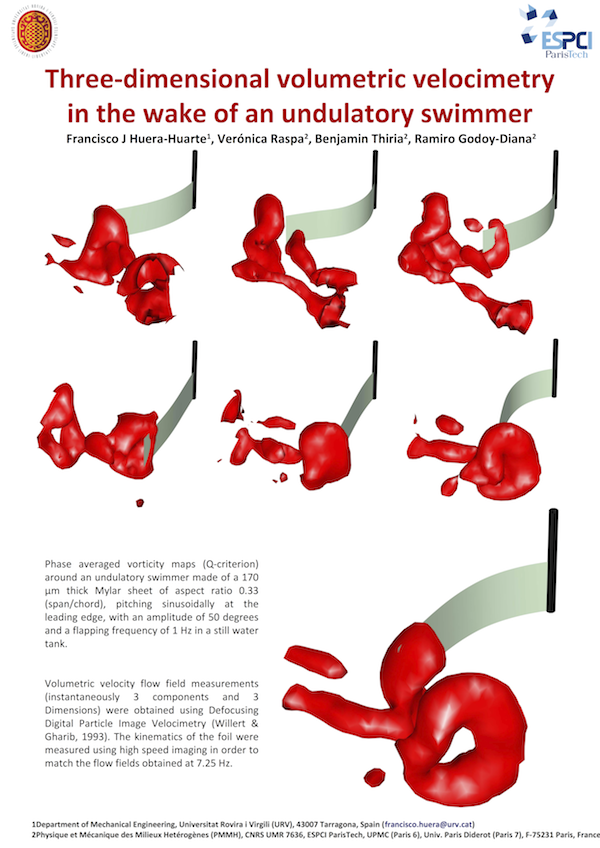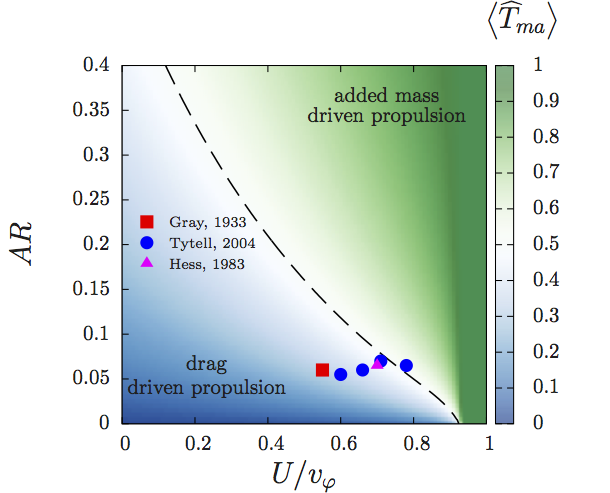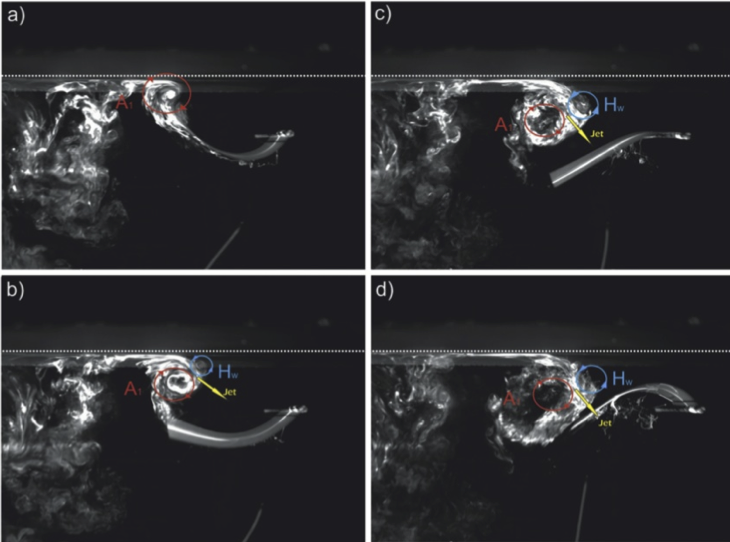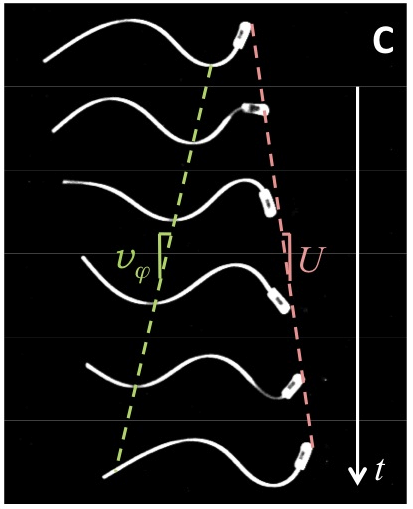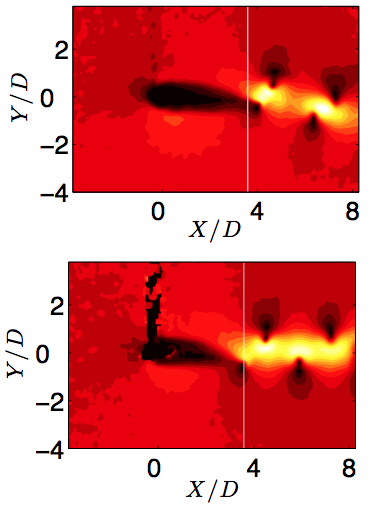On the fluid dynamical effects of synchronization in side-by-side swimmers
R. Godoy-Diana, J. Vacher, V. Raspa & B. Thiria
Biomimetics 4(4), 77 (2019)
https://doi.org/10.3390/biomimetics4040077
(in the Special issue “Fluid Dynamic Interactions in Biological and Bioinspired Propulsion”, Editors K. W. Moored and G. V. Lauder)
We examined experimentally the in-phase and anti-phase synchronized swimming of two self-propelled independent flexible foils swimming side-by-side in a water tank. The foils are actuated by pitching oscillations at one extremity—the head of the swimmers—and the flow engendered by their undulations is analyzed using two-dimensional particle image velocimetry in their frontal symmetry plane. Following recent observations on the behavior of real fish, we focus on the comparison between in-phase and anti-phase actuation by fixing all other geometric and kinematic parameters. We show that swimming with a neighbor is beneficial for both synchronizations tested, as compared to swimming alone, with an advantage for the anti-phase synchronization. We show that the advantage of anti-phase synchronization in terms of swimming performance for the two-foil “school” results from the emergence of a periodic coherent jet between the two swimmers.


